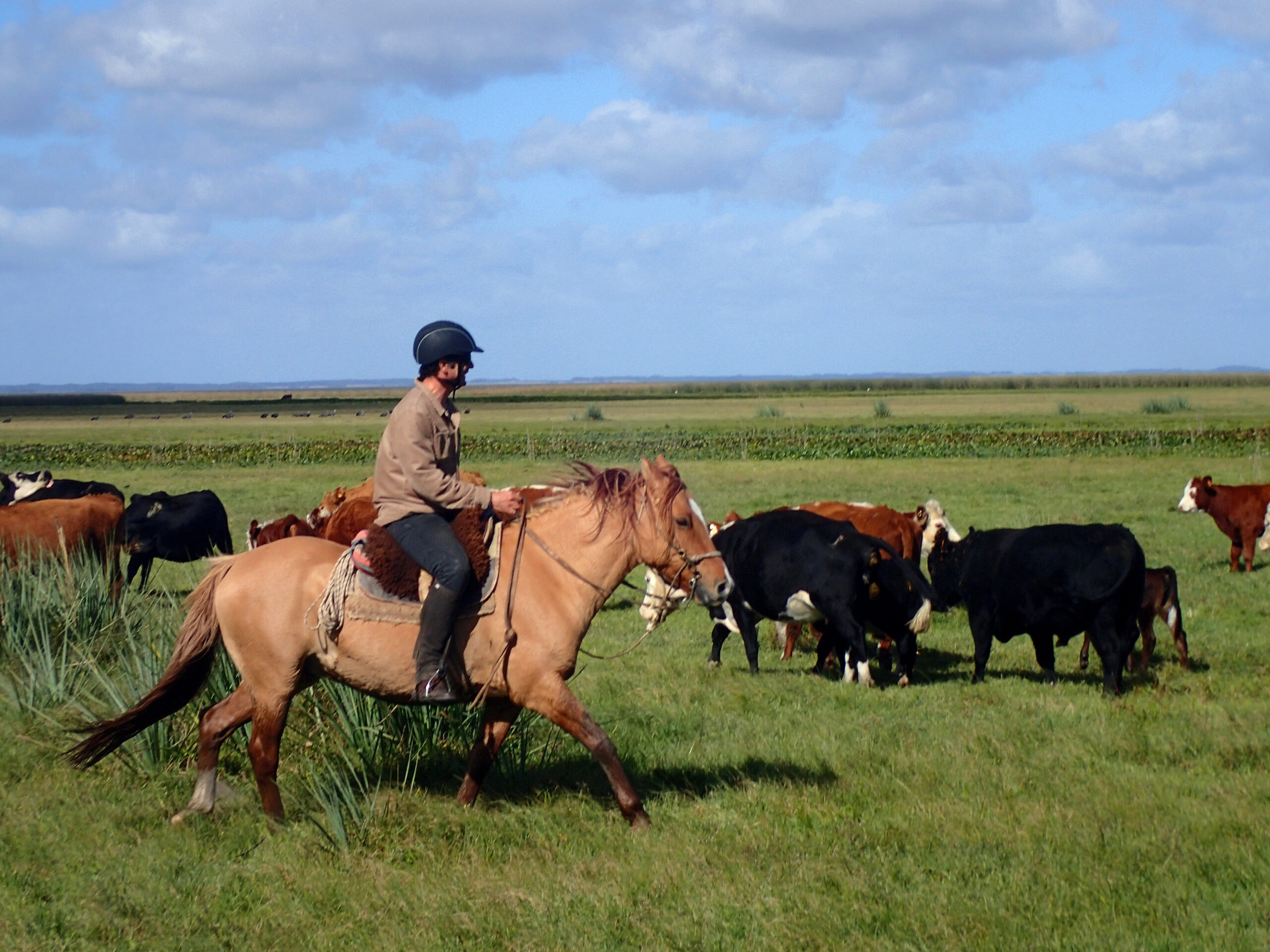With the arrival of autumn... it's shearing time!
For many horses, autumn marks the beginning of a new phase in the sporting or working season. The days are getting shorter, temperatures are starting to drop, and with the change in climate comes a physical change: the growth of winter coat. It is precisely at this time of year that many riders and owners begin to consider clipping their horses.
But be careful: clipping a horse is not a trivial matter, nor is it something to be done solely for aesthetic reasons. The decision to clip – and above all how to clip – must be made consciously, taking into account various factors related to the horse’s health, well-being and type of management.
When should you clip a horse?
Not all horses need to be clipped. This practice is mainly necessary for horses that live in stalls, sheltered from the elements, and that engage in regular physical activity, whether it be sport, training or work.
Il pelo invernale, infatti, è progettato per proteggere il cavallo dal freddo, ma diventa un ostacolo durante l’esercizio intenso: si inzuppa facilmente di sudore, prolungando i tempi di asciugatura e aumentando il rischio di colpi di freddodopo lo sforzo. Inoltre, sudare eccessivamente comporta una maggiore fatica fisica e una significativa perdita di elettroliti, elementi essenziali per il buon funzionamento del corpo.
In these cases, shearing can improve the animal’s comfort and facilitate its daily management, especially in winter.
The main types of shearing
There are several different clipping styles, each with a specific purpose. The choice depends on the horse’s activity, its sensitivity, the environment in which it lives and the time available for its care.
Here are the most common cuts:
1. Full shearing
This is the most radical method: all the hair is removed, including from the head and limbs, leaving only a small strip at the base of the tail and, in some cases, a portion on the withers to prevent irritation caused by the saddle.
🔹 Ideal for sport horses with intense daily work, stabled and well covered with thermal blankets.
2. Hunting Clip
This one involves removing the hair on the torso, while leaving the hair on the limbs and under the saddle to protect the areas most exposed to rubbing.
🔹 Useful for horses that perform regular activities but need extra protection in the most delicate areas.
3. Half-Coat Clipping (Blanket Clip)
Il pelo viene tosato formando una sorta di “coperta”: si rimuove il pelo su collo, spalle, sottomento e parte della pancia, lasciando invece intatte le zone di dorso, reni, groppa e arti.
🔹 Adatta a cavalli con lavoro moderato, che passano tempo all’esterno ma dormono al riparo.
4. Tosatura a Coperta (Trace Clip o Irish Clip)
The lightest of the functional shears. Only the hair on the lower part of the neck and belly is sheared, up to about halfway down the flank.
🔹 Perfect for horses that do light or occasional exercise, or for those that are more sensitive to the cold.
Further useful advice
- Preparation: before clipping, the horse must be clean and dry. A dirty coat can damage the blades and irritate the skin.
- Tools: use professional clippers with sharp blades that are quiet and suitable for the type of coat.
- Post-clipping: after clipping, it is important to provide the horse with suitable blankets to protect it from temperature changes.
- Skin care: inspect the horse for any skin reactions or irritation after clipping.
Categories
Recent Posts
All the articles
Text and photos by Sara Giavarini URUGUAY: The wild lands of the CriollosFai clic per applicare questa alternativa Read the whole article …
What is Cow Sense: the natural instinct of the working horse Il cow sense è una delle doti più affascinanti e misteriose che un …
Horse whiskers: why they should never be trimmed The horse whiskers, commonly known as moustaches are thick, stiff hairs that grow mainly on the …
